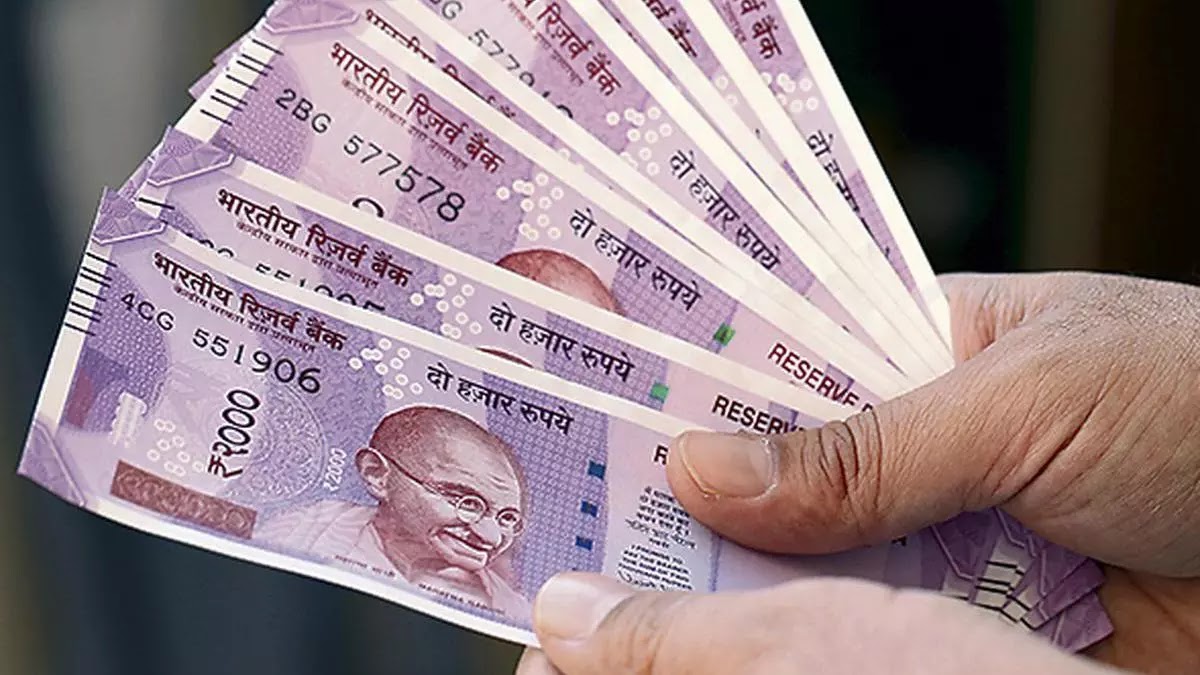Rupee Weakens by 10 Paise, Finishes at 82.31 Against the US Dollar
Rupee Weakens by 10 Paise, Finishes at 82.31 Against the US Dollar
The Indian rupee has been on a downward trend lately, with the currency falling by 10 paise against the US dollar on the latest trading day. The rupee finished at 82.31 against the greenback, marking a further weakening of the currency. In this article, we will explore the reasons behind the decline of the Indian rupee and its implications for the economy.
Factors Contributing to the Weakening of the Rupee
There are several factors contributing to the weakening of the rupee against the US dollar. Firstly, the ongoing COVID-19 pandemic has had a significant impact on the Indian economy. The country has been grappling with a high number of cases, which has led to strict lockdown measures in many states. This has resulted in a slowdown in economic activity and has put pressure on the rupee.
Secondly, the rising crude oil prices have also contributed to the weakening of the rupee. India is heavily dependent on oil imports, and any increase in oil prices puts pressure on the country's balance of payments. The recent rise in oil prices has led to an increase in India's import bill, which has put further pressure on the rupee.
Finally, the strengthening of the US dollar against other major currencies has also had an impact on the rupee. The US dollar has been gaining ground against other currencies due to a stronger economic outlook in the United States. This has led to a flight of capital from emerging markets, including India, which has put pressure on the rupee.
Implications of the Weakening Rupee
The weakening of the rupee has several implications for the Indian economy. Firstly, it makes imports more expensive, which can lead to higher inflation. This is particularly concerning for a country like India, where food and fuel prices are a significant component of the inflation basket.
Secondly, a weaker rupee makes exports more competitive, which can be a positive for the country's exporters. However, given the current global economic environment, where many countries are facing a slowdown, the impact on exports may not be significant.
Finally, a weaker rupee can lead to an increase in the cost of servicing India's external debt. India has a significant amount of external debt, and any increase in the cost of servicing this debt can put pressure on the country's fiscal position.
Conclusion
In conclusion, the weakening of the rupee by 10 paise against the US dollar is a cause for concern for the Indian economy. While there are several factors contributing to the decline of the currency, the government and the Reserve Bank of India need to take steps to address these issues. This includes measures to boost economic growth, control inflation, and manage the country's external debt. Only then can India hope to strengthen its currency and improve its economic outlook.



Post a Comment